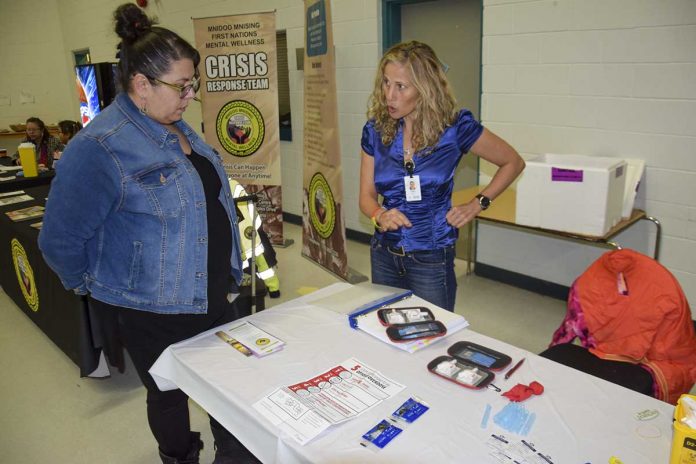If we had to pay the real cost of the perks we take for granted our wish list would suddenly be very short
To the Expositor:
Citizens are wise to be debating issues such as the cost of repairing or replacing aging facilities like arenas. Politicians and ratepayers wince at the thought of increasing taxes in order to pay for services, infrastructure and facilities. The increase in workplace automation is also causing a significant decline in the number of taxpayers left available to pay for our growing services as jobs are displaced by machines and software.
During the working life of previous generations, our country, provinces and municipalities had relatively low debt levels and enjoyed significant borrowing power. Highways, hospitals, schools, pools, arenas or science centers were built without much concern to affordability. Since then the increasing number of new types of services, as well as the public servants to manage their delivery, has also flourished. Indeed we had to invent schools of both social work and public administration just to keep pace with the new services being requested once people were enticed with the option to be provided such services that were not previously offered to earlier generations. Perhaps one could argue that folks were somewhat more self sufficient in past times.
Boomers like myself can remember back to the ‘70s when Faye Dance and Fred Davis hosted the weekly televised Wintario lottery draws. Hundreds of millions of dollars in Wintario grants helped build many recreational facilities during that era. Some of those facilities have since been mothballed or sold off for other uses as the public cost for ongoing maintenance and repairs had become prohibitive.
Back in the days of Faye and Fred the total debt for Ontario was in the mid $30 billions, so the spending sky was the limit. Today, Ontario’s debt is about $350 billion or some 900 percent higher, having increased another $40 billion just since last year. Very few wage earners today can claim they are making 900 percent more income than their parents did. Many earn proportionally less.
Our public spending purse now has a vast array of hands reaching into it. The traditional ones are for heath care, education, interest on the debt, civil servant salaries and pensions, roads and bridges, water, waste-water, police and fire protection and power generation. However, many other hands are reaching into that purse that stem from our own personal or group wish lists. Nice were the days when so many wish lists could be afforded but as the total debt for all of our accumulated deficits has blossomed, that interest carrying cost has put immense pressure on our basic necessities. Larger class sizes, long wait times for medical care or snow packed streets that turn into ice plates are a few obvious stressors. Declining care for ailing seniors has become a main topic of complaint everywhere. Who knows what additional costs global warming or trade disputes will bring into the calculus.
When considering the repair or replacement of high cost-low use facilities like arenas we must view such wishes with a more analytical process today than was required in the past since every dollar borrowed will decrease the chances of our grandchildren being able to afford even their ‘basic’ public necessities due to ballooning cost of debt repayment. It’s like trying to live in a mansion when you can only afford an apartment.
In terms of arenas, unfortunately fewer parents can afford the high cost of having their children play hockey and have been choosing other low cost activities like soccer, basketball, baseball and cross country skiing. Think about all the billionaire owners of pro sport leagues and their millionaire players who get all the free promotion for their entertainment industry on hundreds of sports channels. After having reaped the benefit of their athletes growing up through publicly funded sports facilities, why have they not put a dime back into their feeder systems? They happily leave that to us citizens to fund through our tax dollars.
Then, of course, smaller local groups must compete for funding with larger regional organizations like Science North that eats up about $10 million in taxpayer funding each year in order to survive as the full demand for its programs obviously does not exist. If it did, it might at least break even from chargeable fees.
Recently in Sudbury, some in the Francophone community have successfully lobbied for a new cultural center being built downtown called Place des Arts. It will cost tens of millions in tax dollars to build and ongoing funds to maintain. It is a lovely wish indeed, dreamt by a few people with influence.
However, if we each had to pay the ‘real’ cost of the many perks we have taken for granted in our blessed country, our wish list would suddenly be very short. I suggest that as responsible citizens we have to do a hard rethink about what we wish for today so that our citizens of tomorrow will have some chance to dream on their own, before the financial well is dry.
To put this into perspective, 146 entire countries have less debt than just our province alone. Argentina is facing a financial crisis with a national debt of $285 billion, considerably less than Ontario’s debt of $350 billion.
Douglas Burke
Sudbury and Spring Bay




